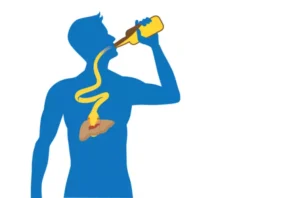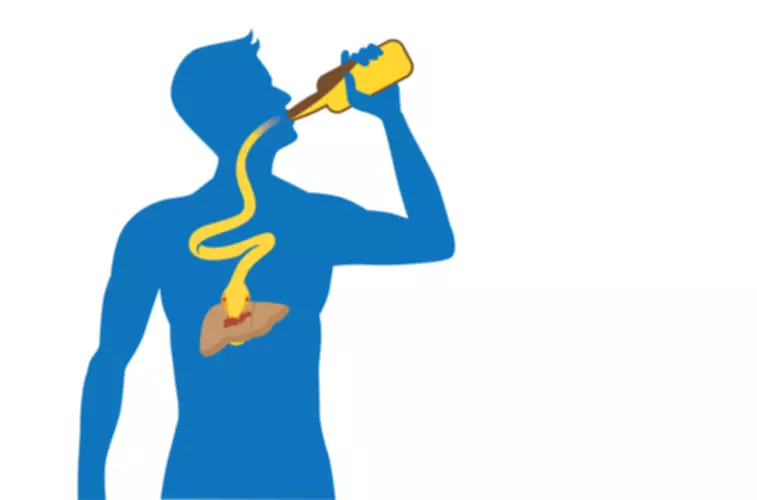
If a doctor or paramedic gave you a drug to reverse an opioid overdose, your withdrawal symptoms may come on faster and feel worse. They also may cause changes in your blood pressure or heart rate that need medical attention. Attending a professional medical detox program in a hospital-based or rehab environment is the safest way to withdraw from fentanyl and other opioids. There, you will receive around-the-clock monitoring and support to keep you as safe and comfortable as possible. Drug Enforcement Administration (DEA), 67% of overdose deaths in 2021 involved synthetic opioids, including fentanyl.
- As tolerance develops from regular exposure to the drug, the brain starts to rely on the drug to feel normal.
- When compromised, the integration of reward and pain aversion information is impaired, as observed in OUD.
- You may be at greater risk of overdosing on prescription opioids if you are over age 65 or have a health condition such as sleep-disordered breathing, end-organ dysfunction, or lung disease.
- A stronger design would include a larger comparative sample of individuals not testing positive for fentanyl.
- In addition, virtually any other illicit drug can have fentanyl added to it.
What are the complications of opioid withdrawal?
A test called the Clinical Opioid Withdrawal Scale (COWS) can give your doctor an idea of how serious your case is. Each is given a score, and they’re added up for a total of up to 47. If you feel that any of our content is inaccurate, out-of-date, or otherwise questionable, please contact at We have strict sourcing guidelines and only link to reputable media sites, academic research institutions and, whenever possible, medically peer reviewed studies. It is important to note that while opiates are nature-derived substances, this does not mean that they can be used without risk.
- This condition isn’t life-threatening, but it can make you feel very sick.
- Managing fentanyl detox requires a multifaceted approach, including medical supervision, hydration, nutrition, physical activity, and sleep hygiene.
- To find another treatment program, browse the top-rated addiction treatment facilities in each state by visiting our homepage, or by viewing the SAMHSA Treatment Services Locator.
- Uncertainty was resolved by discussion of AW, JT, MB, and NB as needed.
Postoperative and Rehabilitation Care

Despite fentanyl’s ubiquity and known lipophilicity, to our knowledge no published studies have examined fentanyl clearance or fentanyl withdrawal symptoms in the context of body weight, body fat percentage or BMI. The present analysis provides preliminary data to address this gap and highlights the need for further inquiry. As participants began study medication on day 6, it was not possible to compare these outcomes beyond day 5 in the how long does fentanyl stay in your system present sample.
Withdrawing from Opiates and Opioids

The timeline for when withdrawal symptoms start depends on the half-life of the drug, which refers to how quickly the drug is metabolized by the body. Withdrawal symptoms for drugs with a short half-life can start within hours of the last use of the substance. The onset of withdrawal also depends on the method of administration, which is how someone gets the substance into their body.
Management of cannabis withdrawal

Since fentanyl is a depressant, also called a “downer,” withdrawal symptoms are usually stimulating. As with most substances, fentanyl withdrawal typically has both physical and psychological components. Some opioids, like heroin, are relatively short-acting, with a half-life of about 8 minutes, and the withdrawal symptoms can start within minutes of missing a dose the body has learned to expect. Oxycodone is longer-lasting, with a half-life of around 5 hours, and the longest-acting opioid is methadone, with a half-life of 23 hours.
Fentanyl Withdrawal Symptoms & Detox

A total of 426 studies were screened, and 173 studies were reviewed at the full-text level. Buprenorphine and naltrexone were included in most studies with the goal of transitioning to a long-acting injectable version. Outside of FDA-approved medications for OUD, lofexidine, gabapentin, and suvorexant have limited evidence for augmenting opioid agonist initiation. Trials often have low retention rates, particularly when opioid agonist washout is required. Neurostimulation strategies were promising; however, they were developed and studied early. Precipitated withdrawal is a concern; however, the rates were low and adequately mitigated or managed with low- or high-dose buprenorphine induction.

8. WITHDRAWAL MANAGEMENT FOR CANNABIS DEPENDENCE
These symptoms can be managed using anti-psychotic medications and will usually resolve within a week of ceasing stimulant use. Symptomatic treatment can be used in cases where residual withdrawal symptoms persist (Table 3). Allow the patient to stabilise on this dose of diazepam for 4-7 days.


